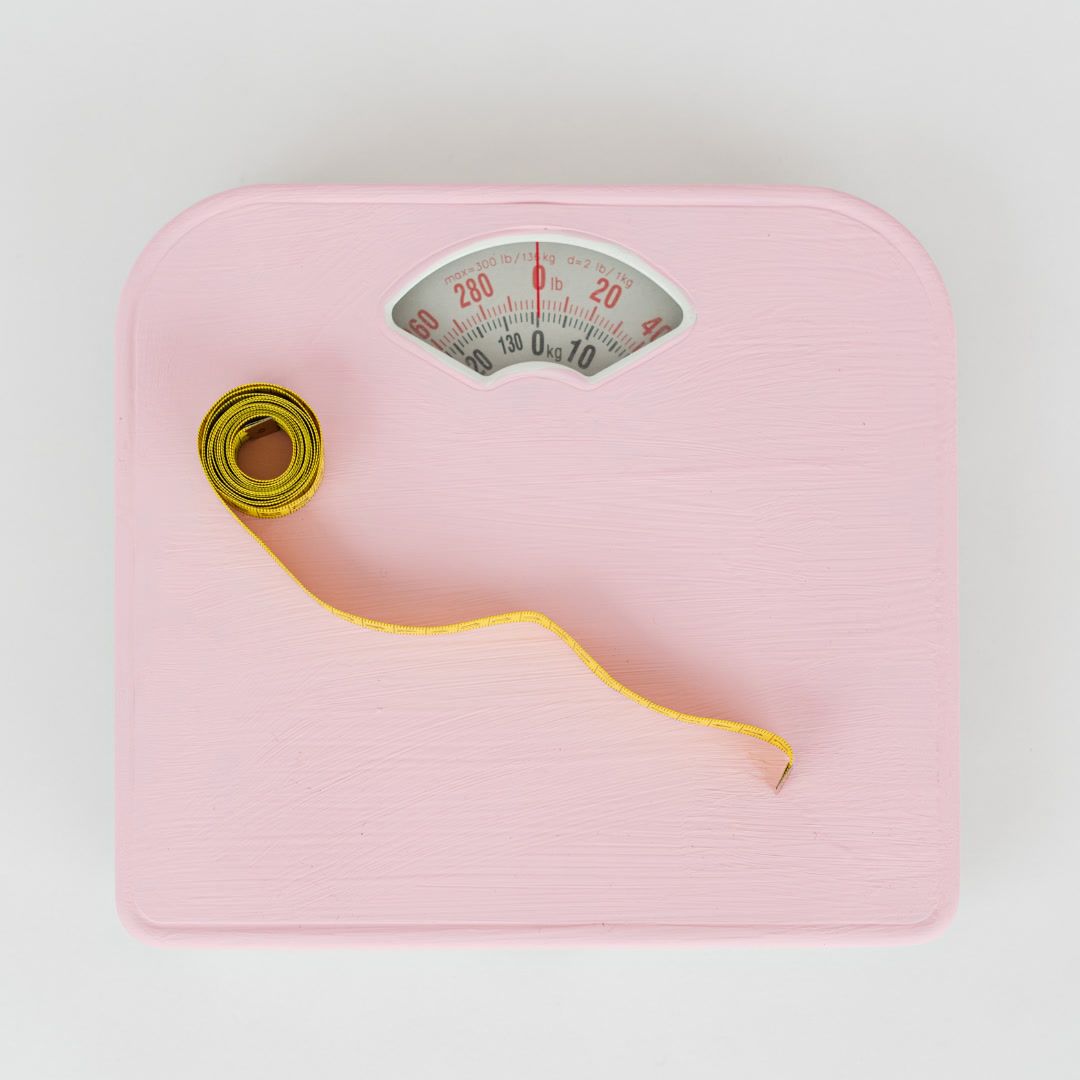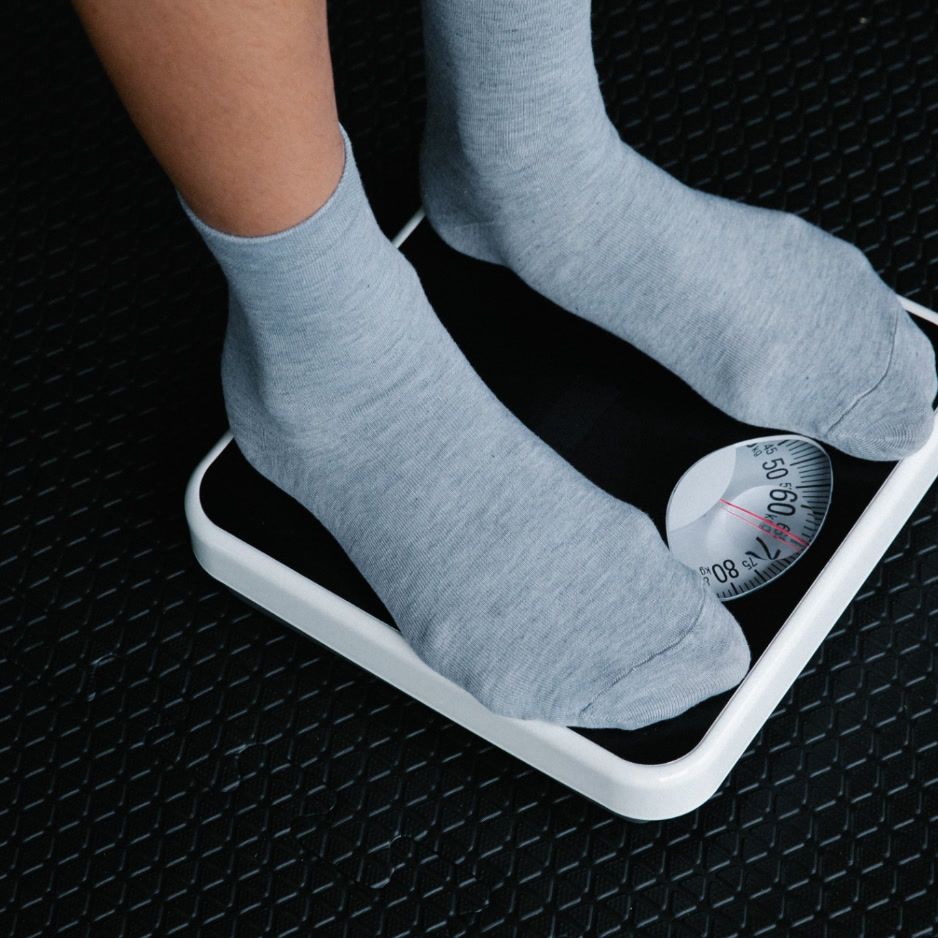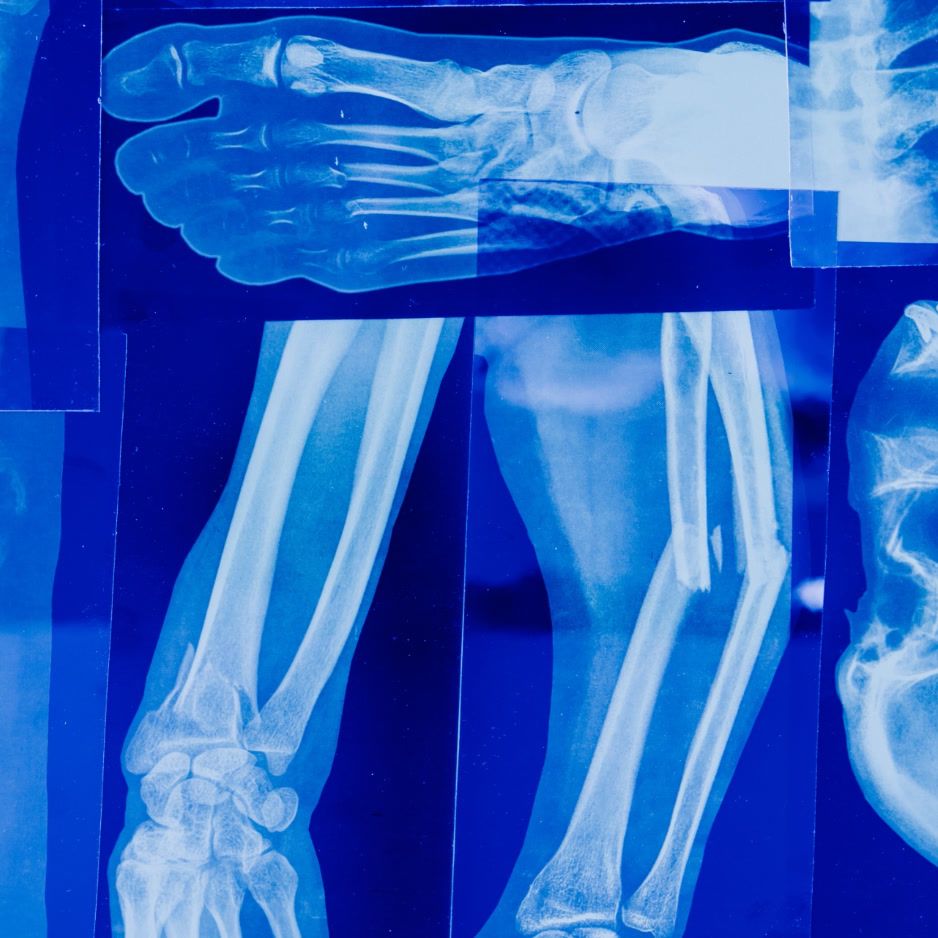Back Muscle Anatomy Guide
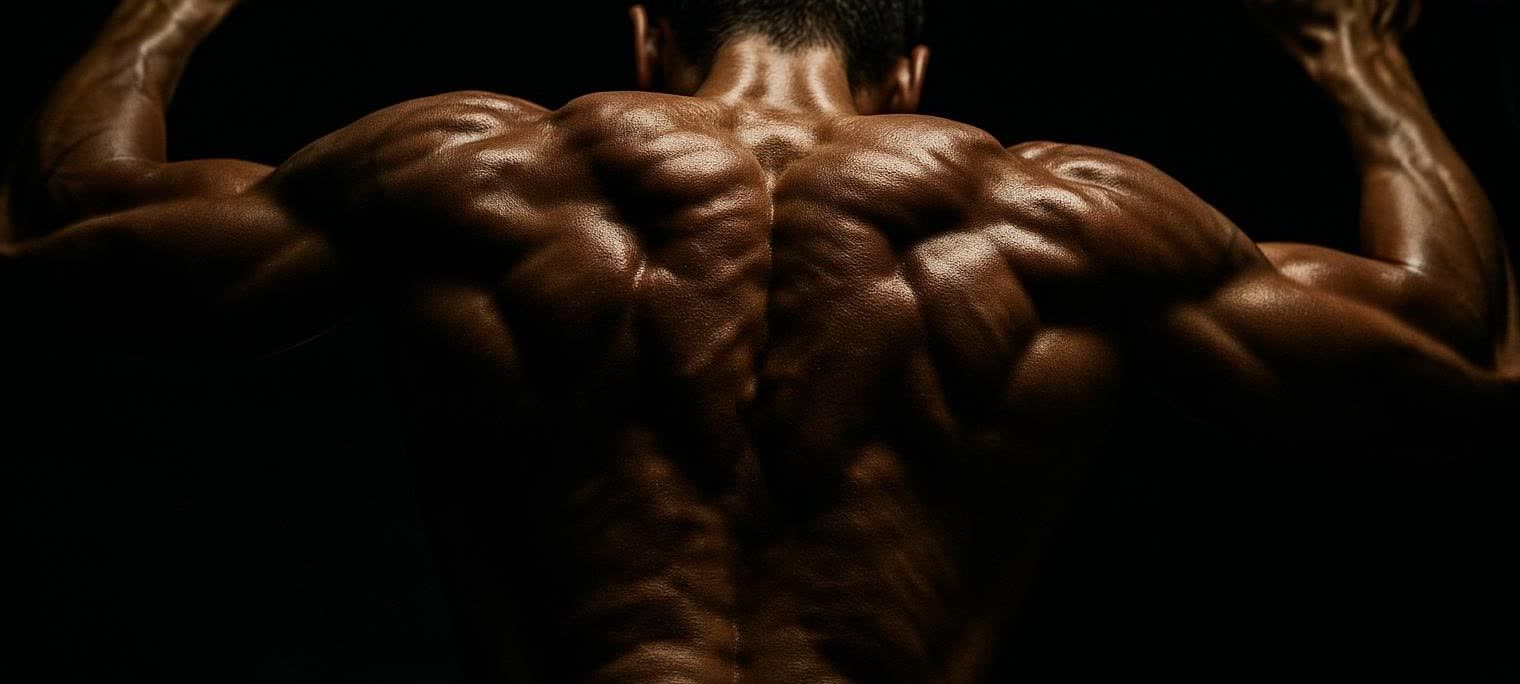
Back Muscle Anatomy Guide: Layers, Origins & Actions
Back muscles power posture, protect your spine, and drive every pull, row, and carry you perform. Understanding your back muscle anatomy—how each layer attaches and activates—is the first step toward pain-free movement and stronger lifts. This article breaks down every major back muscle—where it anchors, how it’s innervated, and which exercises effectively target each one.
Quick Back-Muscle Map
| Layer | Muscle Groups | Key Actions | Innervation |
|---|---|---|---|
| Superficial (extrinsic) | Trapezius, Latissimus dorsi, Levator scapulae, Rhomboid major & minor | Move scapula & humerus | Spinal accessory nerve & ventral rami of spinal nerves |
| Intermediate (extrinsic) | Serratus posterior superior & inferior | Rib elevation & depression | Intercostal nerves |
| Intrinsic (deep) | Splenius group, Erector spinae, Transversospinalis, Minor deep muscles | Move & stabilize vertebral column | Dorsal rami of spinal nerves |
Why the Three-Layer Model Matters
Classifying back muscle anatomy into superficial, intermediate, and intrinsic layers helps clinicians and coaches quickly predict:
- Which spinal nerves might be involved in pain or weakness
- Which exercises load the target tissue (for example, pull-ups challenge latissimus dorsi, whereas bird dogs fire deep multifidi)
- Surgical or rehab considerations—extrinsic muscles tolerate incisions better than intrinsic stabilizers, as noted in an NCBI clinical overview.
Superficial Back Muscles (Upper-Limb Movers)
Trapezius
Origin: External occipital protuberance, nuchal ligament, spinous processes C7–T12
Insertion: Lateral clavicle, acromion, spine of scapula
Action: Upper fibers elevate & upwardly rotate scapula; middle retract; lower depress
Innervation: Spinal accessory nerve (CN XI) and C3–C4 proprioceptive fibers
Clinical tip: Accessory-nerve injury can cause shoulder droop and limited abduction above 90 degrees, as detailed in a TeachMeAnatomy review.
Latissimus Dorsi
Origin: Spinous processes T6–T12, thoracolumbar fascia, iliac crest, ribs 9–12
Insertion: Floor of the intertubercular sulcus of humerus
Action: Shoulder extension, adduction, medial rotation
Innervation: Thoracodorsal nerve (C6–C8)
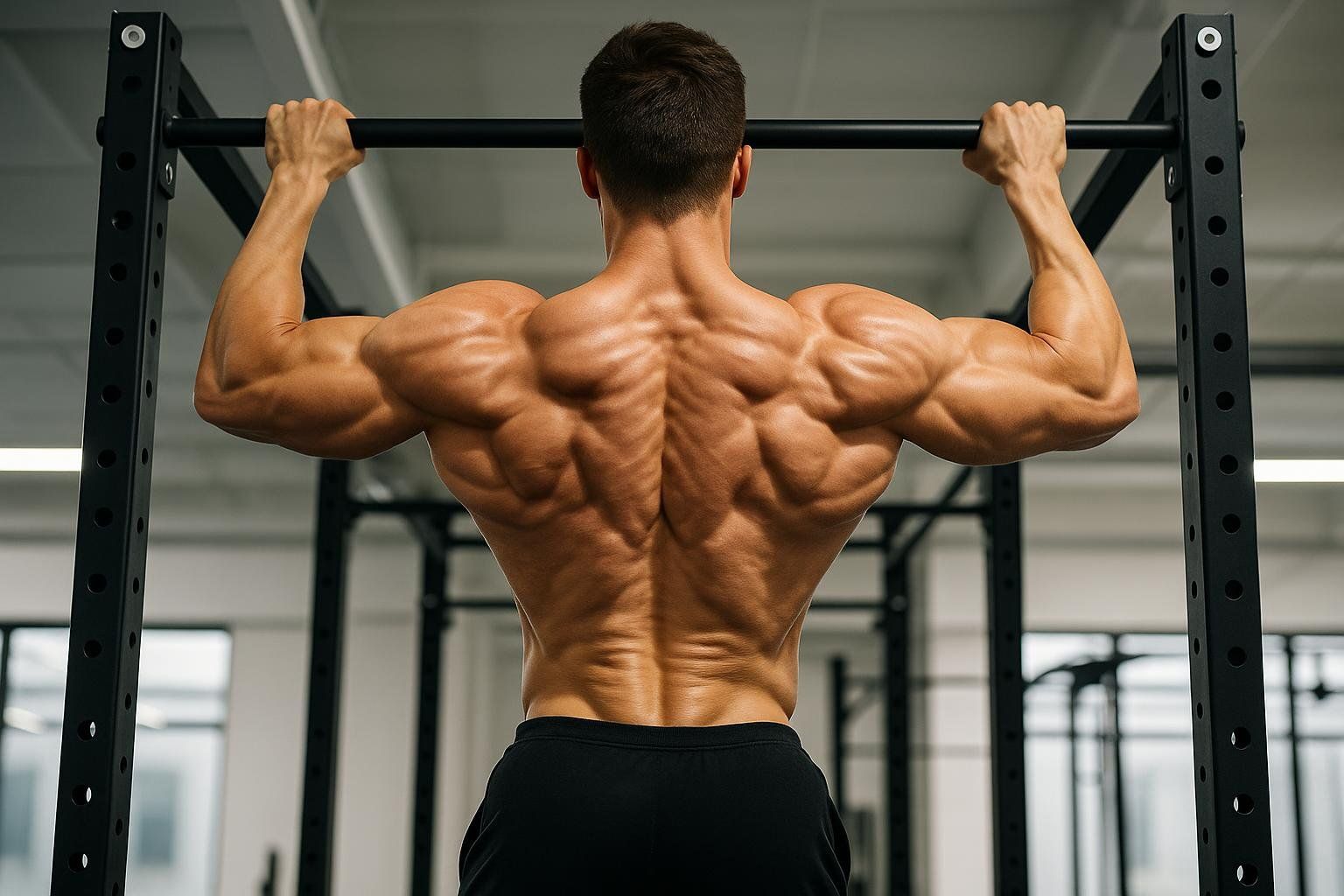
Workout crossover: Vertical pulls—pull-ups or lat pulldowns—maximally shorten the lats. Hanging movements also decompress the spine; learn more in our guide on the benefits of hanging.
Levator Scapulae
Origin: Transverse processes C1–C4
Insertion: Superior angle & medial border of scapula
Action: Elevates scapula, tilts glenoid cavity inferiorly
Innervation: Dorsal scapular nerve (C5) plus C3–C4 proprioceptive fibers
Rhomboids (Major & Minor)
Origin: Minor—spinous processes C7–T1; Major—spinous processes T2–T5
Insertion: Minor—medial border of scapula at the level of the scapular spine; Major—medial border between spine and inferior angle
Action: Retracts and rotates scapula
Innervation: Dorsal scapular nerve (C5)
Programming pointer: Row variations (cable, inverted, dumbbell) strengthen rhomboids and balance push-heavy routines that can contribute to rounded shoulders.
Intermediate Back Muscles (Respiratory Assist)
Serratus Posterior Superior
Origin: Nuchal ligament and spinous processes C7–T3
Insertion: Superior borders of ribs 2–5 (just lateral to their angles)
Action: Elevates ribs 2–5 during inspiration
Innervation: T2–T5 intercostal nerves
Serratus Posterior Inferior
Origin: Spinous processes T11–L2 and thoracolumbar fascia
Insertion: Inferior borders of ribs 9–12 (near their angles)
Action: Depresses ribs 9–12 to aid forced exhalation
Innervation: T9–T12 intercostal nerves
Maintaining thoracic mobility (think foam-roller extensions) indirectly keeps these thin muscles functioning optimally.
Intrinsic Back Muscles (True Spine Stabilizers)
Intrinsic muscles develop in the back (embryologically “epaxial”) and all receive dorsal-rami innervation. Collectively, they extend the spine; individual columns add unique motions like rotation or lateral flexion.
Splenius Capitis & Cervicis
Origin: Capitis—nuchal ligament & spinous processes C7–T3; Cervicis—spinous processes T3–T6
Insertion: Capitis—mastoid process & lateral superior nuchal line; Cervicis—transverse processes C1–C3
Action: Bilateral neck extension; unilateral rotation and lateral flexion to the same side
Erector Spinae Trio
| Column | Sub-divisions | Span | Additional (Unilateral) Actions |
|---|---|---|---|
| Iliocostalis (lateral) | lumborum, thoracis, cervicis | Ilium & lower ribs → upper ribs & cervical transverse processes | Ipsilateral lateral flexion of spine |
| Longissimus (middle) | thoracis, cervicis, capitis | Sacrum & lumbar fascia → mastoid process | Ipsilateral lateral flexion; capitis portion assists ipsilateral head rotation |
| Spinalis (medial) | thoracis, cervicis, capitis | Spinous → spinous processes | Minimal lateral flexion; primary role is pure extension |
Transversospinalis System
Semispinalis
Origin: Capitis—transverse processes C7–T6; Cervicis—transverse processes T1–T6
Insertion: Capitis—between superior & inferior nuchal lines; Cervicis—spinous processes C2–C5
Action: Extends head and cervical spine; contralateral rotation
Multifidus
Origin: Sacrum, posterior superior iliac spine, mammillary processes (lumbar), transverse processes (thoracic), articular processes C4–C7
Insertion: Spinous processes 2–4 vertebrae above origin
Action: Segmental stabilization; resists shear
Rotatores
Origin: Transverse processes of each vertebra
Insertion: Lamina and spinous process 1 (brevis) or 2 (longus) segments above
Action: Assists rotation; rich proprioceptive role
Minor Deep Players
Interspinales, intertransversarii, and levatores costarum fine-tune intervertebral motion and assist rib elevation.
Training note: Research in the Journal of Orthopaedic & Sports Physical Therapy found that bird-dog variations significantly activate lumbar multifidus and erector spinae, supporting their role in low-back rehab.
Putting Anatomy Into Action
Exercise Matrix
| Goal | Key Muscles | Go-To Movements |
|---|---|---|
| Posture & spinal endurance | Erector spinae, multifidi | Bird dog, back extensions, suitcase carries |
| Upper-body pulling strength | Latissimus dorsi, trapezius, rhomboids | Pull-ups, bent-over rows, Meadows rows |
| Neck tension relief | Splenius, levator scapulae | Chin tucks, doorway pec stretch, soft-tissue release |
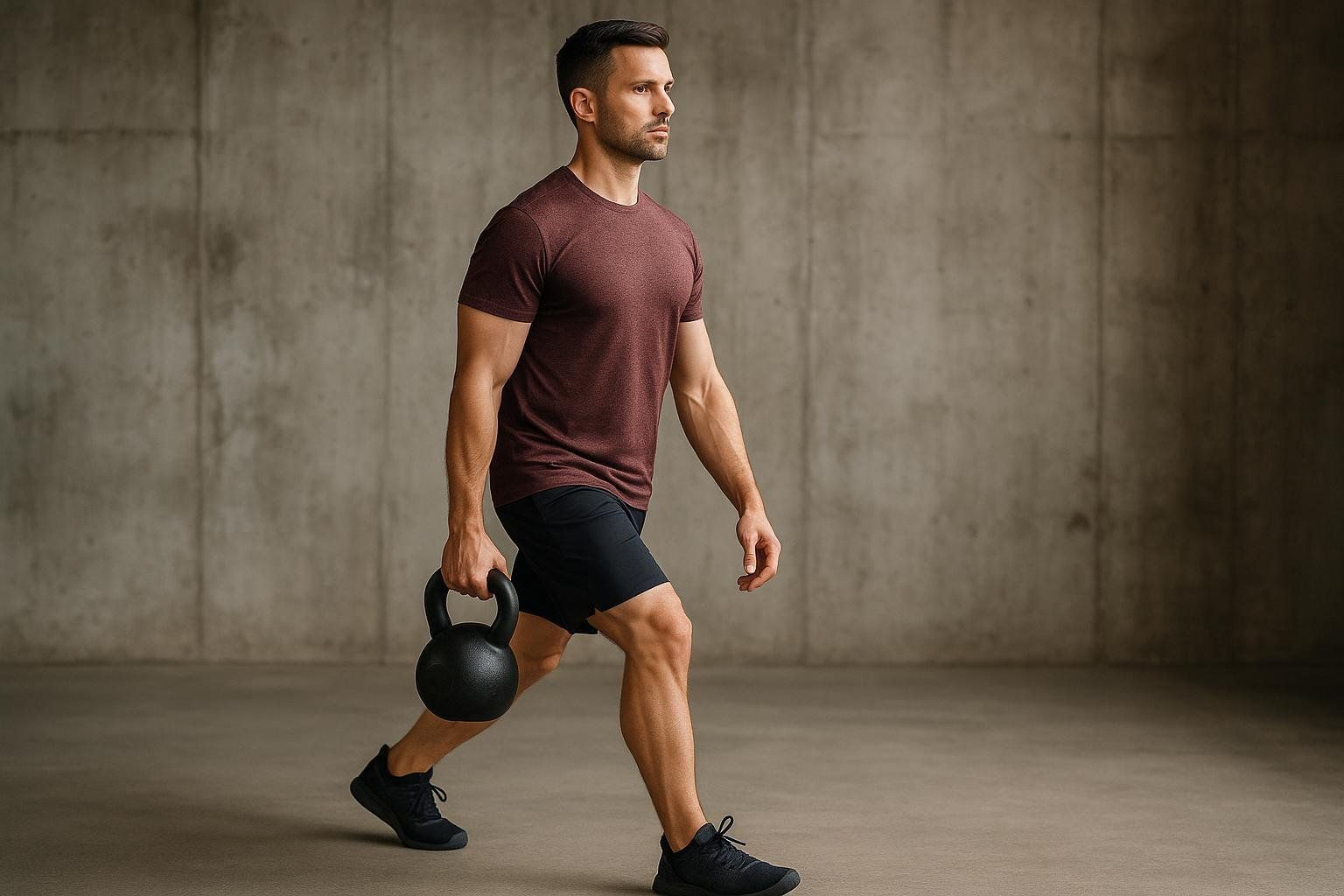
Need more ideas? Explore our at-home exercises for back pain relief or this routine to improve posture.
FAQ: Back Muscle Anatomy, Training & Pain
How does back muscle anatomy influence what shows up on a DEXA scan?
A DEXA scan does not isolate individual muscles like the multifidi. However, tracking significant trends in trunk lean mass—especially when correlated with a targeted training program—can reflect growth in the overall muscle mass of the trunk.
What is the easiest way to remember erector spinae order?
Use the mnemonic “I Love Spine”—Iliocostalis, Longissimus, Spinalis (lateral → medial).
Why does my lower back spasm after deadlifts?
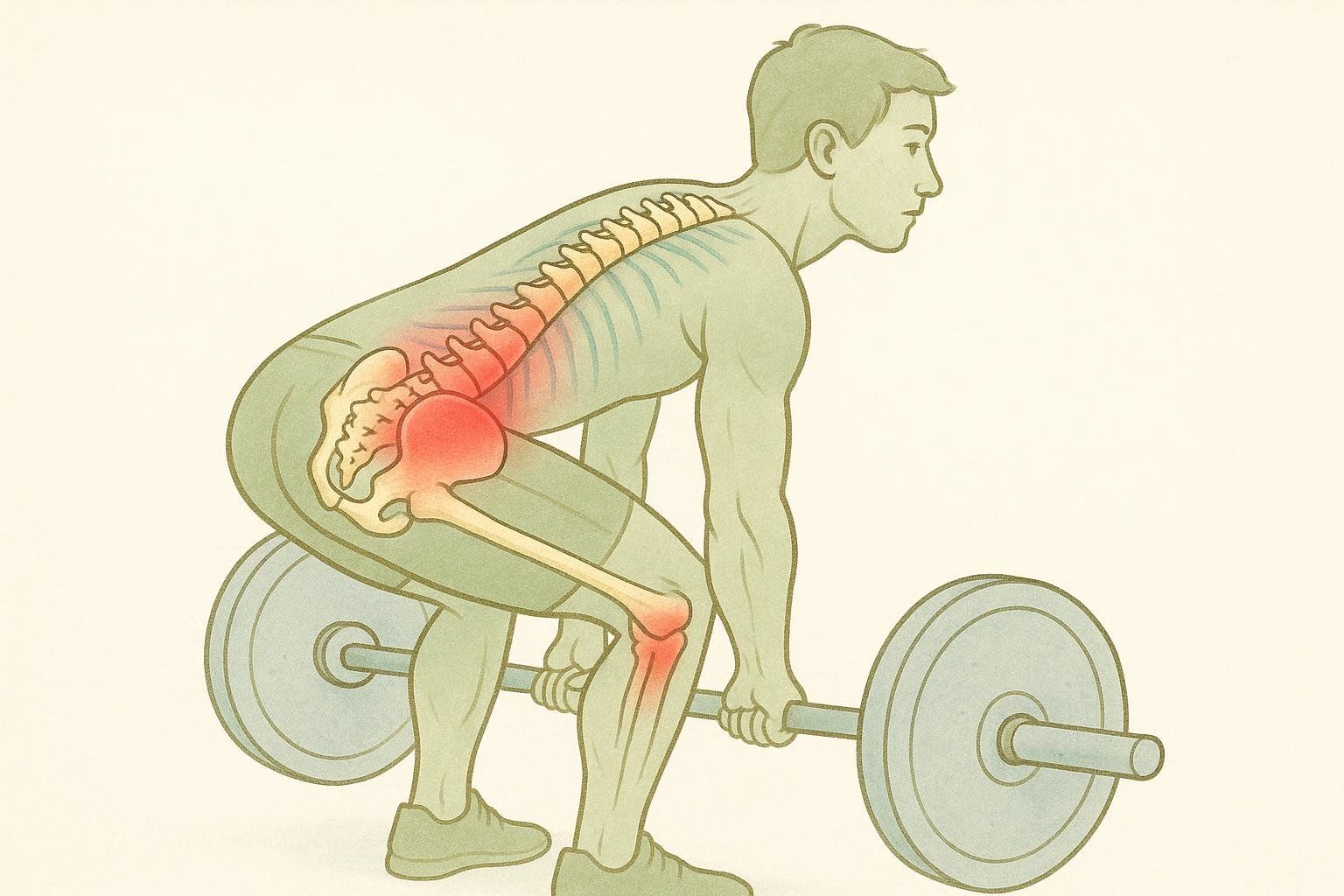
The multifidi and erector spinae act as segmental stabilizers that resist shear forces during heavy pulls. When they fatigue or fail to brace effectively, the spine can move excessively, triggering protective spasms. Start lighter, reinforce core bracing, and include anti-rotation work such as Pallof presses to build these muscles’ endurance.
Which nerves cause winged scapula if irritated?
Damage to the dorsal scapular nerve can weaken the rhomboids and levator scapulae, leading to mild winging of the shoulder blade. Injury to the long thoracic nerve—which supplies the serratus anterior—produces the more pronounced, classic winged-scapula pattern.
Key Takeaways
- Three layers, three roles—superficial move the limbs, intermediate assist breathing, intrinsic stabilize the spine.
- Innervation guides rehab—extrinsic muscles get ventral rami; intrinsic get dorsal rami.
- Train what you can’t see—deep-core work strengthens small stabilizers critical for pain-free living.
Ready to quantify those gains? Book a BodySpec DEXA scan at any of our mobile or studio locations to monitor lean-mass improvements and keep an eye on visceral fat.
